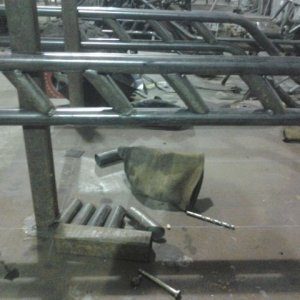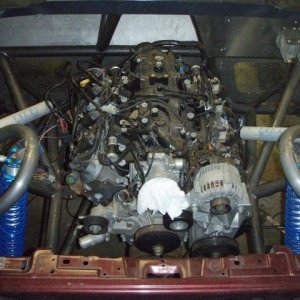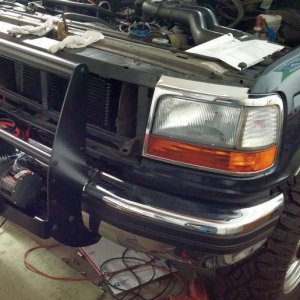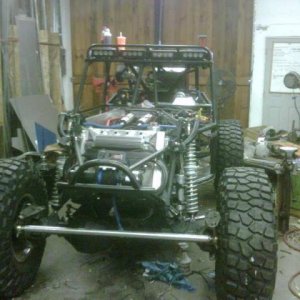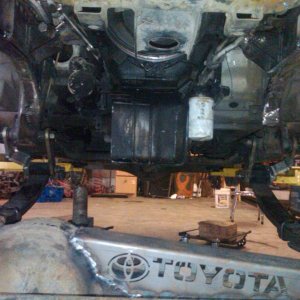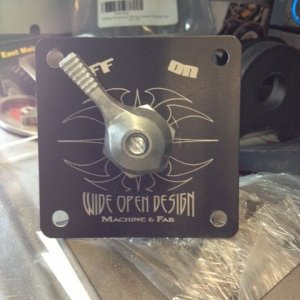CHOP SHOP
Well-Known Member
The most common failure in a toy diff is the pinion crush sleeve which in turn causes pinion bearing failure.:redneck:
Please explain how letting the bearing get closer (not further apart creating play) will cause a failure.
Do you have a solid spacer inbetween your wheel bearing? why dont they fail?

